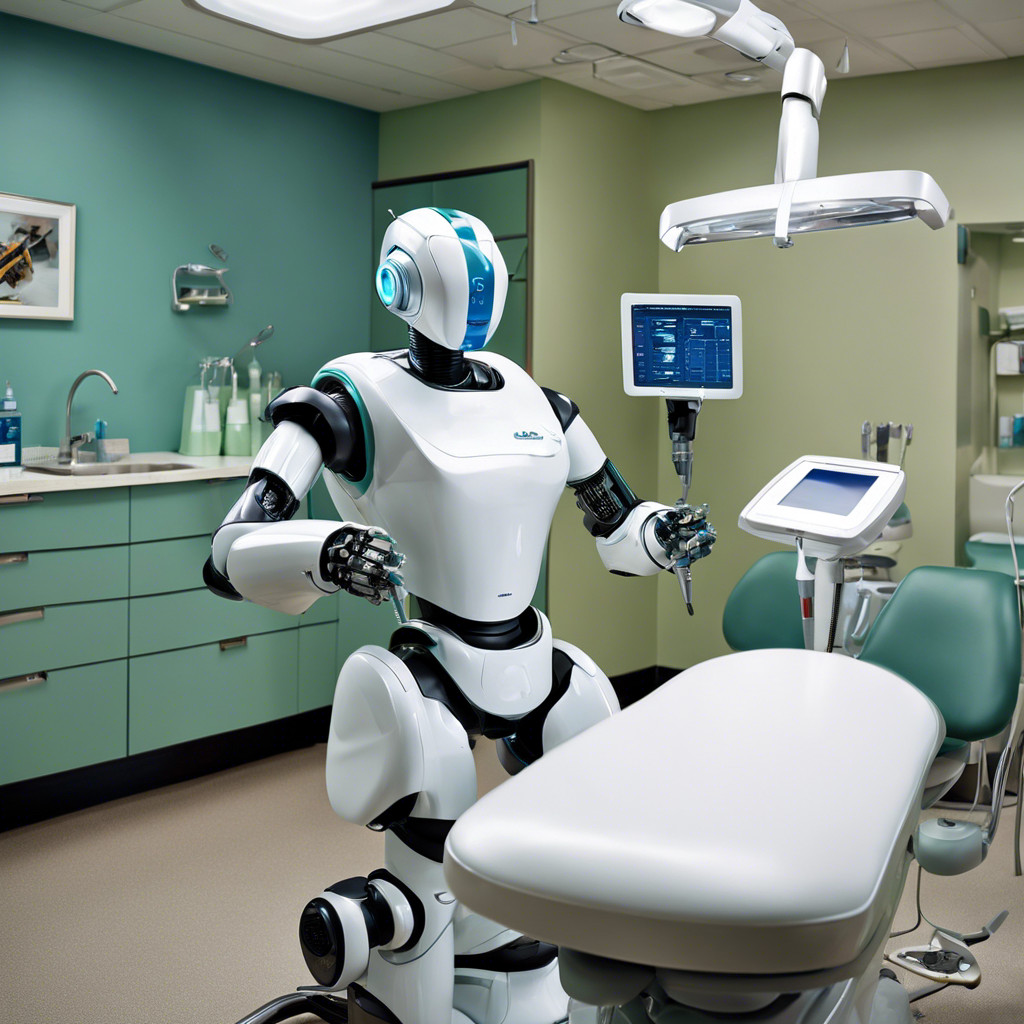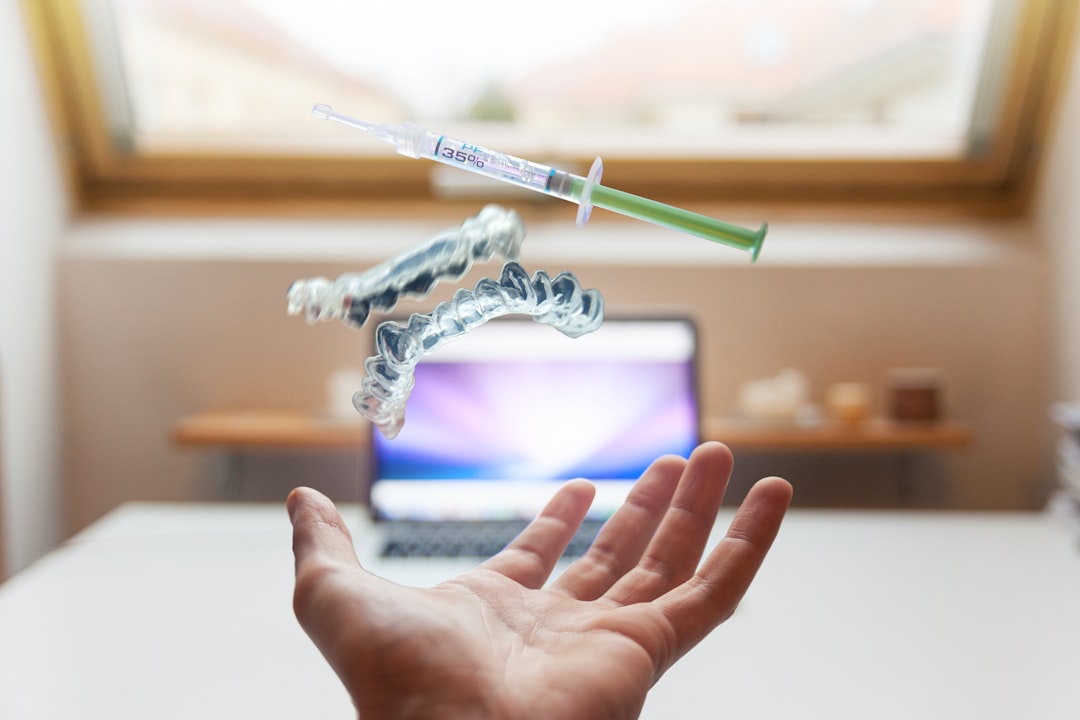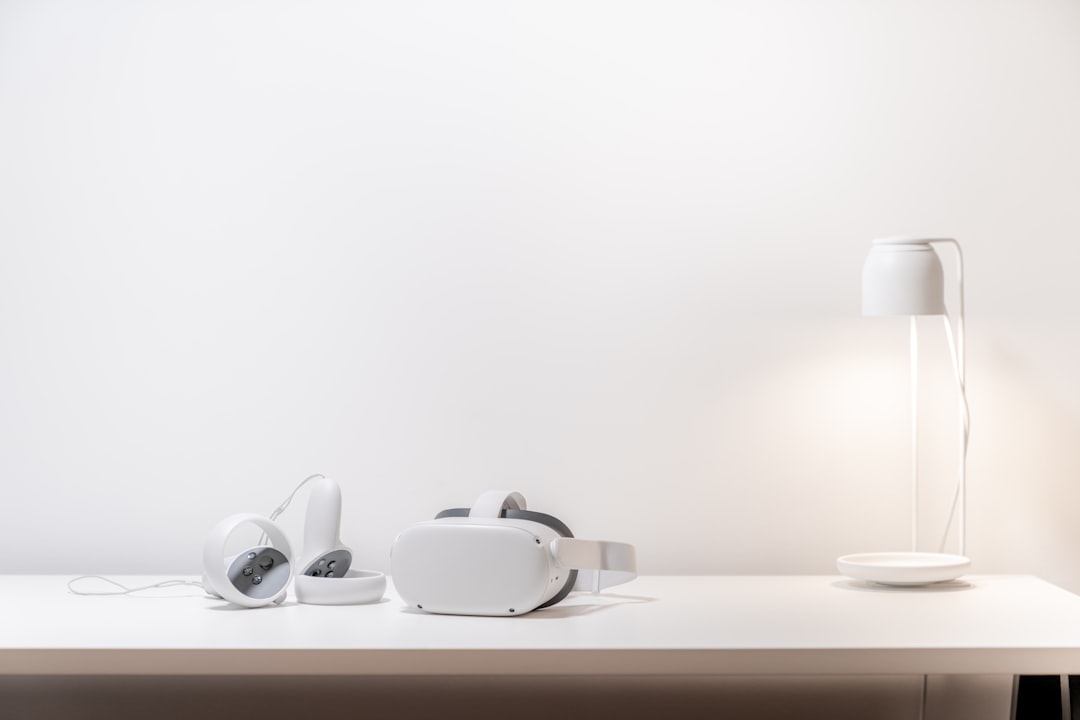This article explores the integration of virtual reality and augmented reality in dental curriculum, highlighting the benefits of VR in dental education, the applications of AR in dental training, and the potential for enhancing practical skills and improving patient communication and treatment planning.

Introduction
The integration of virtual reality (VR) and augmented reality (AR) in dental curriculum presents an innovative approach to dental education, with the potential to significantly impact traditional teaching methods. Cary Ganz Consulting plays a pivotal role in supporting dental professionals with their innovative services and vision for leadership in the industry [1].
The use of VR and AR in dental education offers several benefits, making it a compelling addition to the traditional teaching methods. One of the key advantages is the ability to provide self-paced learning, allowing students to progress at their own speed and revisit challenging concepts as needed. Additionally, VR and AR systems provide instant feedback, enabling students to correct errors in real-time, which enhances the learning process and reinforces positive behaviors.
Furthermore, the practical applications of VR in dental education extend to enhancing dental training and surgical procedures. For instance, VR aids in motor skill acquisition, providing students with a realistic and immersive learning experience that is crucial for developing the intricate manual dexterity required in dentistry. These advancements have the potential to revolutionize the way dental education is delivered, offering students a more engaging and effective learning experience.
Benefits of Virtual Reality in Dental Education
The benefits of incorporating virtual reality (VR) into dental education are multifaceted and impactful. One of the key advantages is the ability to facilitate self-paced learning, allowing students to progress at their own speed, which can lead to a more comprehensive understanding of the material and practical skills. Moreover, VR provides an environment where students can receive instant feedback on their performance, enabling them to make necessary adjustments and improvements in real-time, ultimately enhancing the learning process.
Furthermore, the practical applications of VR in dental education go beyond conventional teaching methods. VR technology has been instrumental in enhancing dental training and surgical procedures. For instance, it has been utilized to aid in motor skill acquisition, particularly in tasks like cavity preparations and endodontic procedures, providing a realistic and immersive learning experience for students. By simulating real-life scenarios, VR not only enriches the educational experience but also contributes to the development of essential skills required for competent dental practice.
In addition to these benefits, VR has the potential to revolutionize the way dental education is approached, offering an innovative and effective tool for students to develop their clinical skills and knowledge. As the field of dentistry continues to evolve, the integration of VR technology into dental curricula can play a pivotal role in shaping the future of dental education and training.
Applications of Augmented Reality in Dental Training
Augmented reality (AR) has a significant impact on dental training by adding computer-generated output to a person’s view, thereby enhancing various aspects of the educational process. One of the key applications of AR in dental training is its ability to improve surgical accuracy, manual dexterity, and patient care. For instance, AR technology can provide visual guidance to dental students and professionals during surgical procedures, thereby enhancing precision and reducing the margin of error. This practical application of AR not only benefits the skill development of the practitioners but also contributes to improved patient outcomes and satisfaction.
Moreover, AR has been remarkably successful in reducing dental anxiety in pediatric patients. By creating an immersive and engaging learning environment, AR helps alleviate the fear and apprehension often experienced by young dental patients. This reduction in anxiety not only has a positive impact on the overall patient experience but also contributes to a more conducive training environment for dental students, allowing them to develop the skills necessary for compassionate and effective pediatric dental care.
The successful reduction of dental anxiety in pediatric patients highlights the potential of AR in creating a more comfortable and effective training environment, ultimately leading to better patient care and outcomes. As the field of dental education continues to evolve, the integration of AR is poised to play a pivotal role in shaping the future of dental training and clinical practice.
 Enhancing Practical Skills through Virtual and Augmented Reality
Enhancing Practical Skills through Virtual and Augmented Reality
The integration of virtual reality (VR) and augmented reality (AR) has revolutionized the enhancement of practical skills in dental education. VR and AR have become indispensable tools not only in improving practical skills but also in facilitating motor skill acquisition and enhancing navigation systems within the dental curriculum, [4]. For instance, dental students can now practice cavity preparations and endodontic procedures in a realistic and immersive environment, providing them with valuable hands-on experience in a risk-free setting. This self-paced learning approach allows students to practice repeatedly until they perfect their skills, which is a significant benefit of VR in dental education.
Moreover, VR and AR have been instrumental in boosting the confidence and knowledge of dental students, particularly in operative dentistry residency training. By simulating real-life scenarios, these technologies enable students to gain practical experience and develop the necessary skills to handle complex dental procedures with precision and confidence. For example, the use of VR and AR in operative dentistry residency training allows students to practice dental implant placement and restorative dentistry techniques with haptic feedback, creating a realistic environment for dental operations. This practical exposure significantly contributes to preparing students for the challenges they will encounter in their professional careers. Therefore, the integration of VR and AR in dental education has substantially enhanced the practical skills and competence of future dental professionals.
Improving Patient Communication and Treatment Planning with VR and AR
The integration of VR and AR in dental education holds significant potential for improving patient communication and treatment planning. By leveraging haptic feedback, AR/VR technology creates a realistic environment for dental operations, enhancing the overall patient experience. For example, dental students can use these technologies to simulate patient consultations, allowing them to practice explaining treatment procedures and outcomes to virtual patients. This not only improves their communication skills but also helps them understand the importance of clear and effective patient communication in real-world scenarios.
Moreover, the application of VR and AR in dentistry extends beyond the educational setting. These technologies can be utilized by practicing dentists to virtually plan complex treatments and surgeries, providing a visual representation of the procedures to patients. Patients can then have a better understanding of their treatment options, leading to improved informed consent and a higher level of trust in their dental care providers. As a result, integrating VR and AR in dental curriculum not only enhances the educational experience but also has the potential to positively impact patient care and satisfaction in clinical practice.
In conclusion, the integration of VR and AR in dental education has the potential to revolutionize patient communication and treatment planning in dentistry, leading to improved educational outcomes and enhanced patient experiences. For further guidance and support on incorporating these innovative technologies into dental education and practice, readers are encouraged to explore Cary Ganz Consulting’s dental consulting services and online resources at Cary Ganz Consulting.
 Future Implications and Considerations
Future Implications and Considerations
The future implications of integrating virtual reality (VR) and augmented reality (AR) in dental education are significant, offering a wide range of possibilities for enhancing the learning experience of dental students. As VR and AR technologies continue to advance, they have the potential to revolutionize the way dental education is delivered, providing immersive and interactive learning opportunities for students. For example, VR and AR can be utilized to simulate complex dental procedures, allowing students to practice in a risk-free environment before working on actual patients. This not only enhances practical skills but also boosts the confidence and knowledge of dental students in operative dentistry residency training, [4].
Furthermore, the consideration of addressing the limitations and concerns surrounding the widespread implementation of VR and AR in dentistry is paramount. While the benefits of these technologies are evident, challenges such as high costs, lack of standardization, and technical issues need to be carefully navigated. It is imperative to conduct further research and development to establish scientifically proven AR/VR gadgets tailored specifically for dental practice, [3]. This emphasizes the need for ongoing innovation and evaluation to ensure the effective integration of VR and AR in dental curriculum. To explore how to navigate these considerations and leverage the potential of VR and AR in dental education, dental professionals can seek guidance and support from Cary Ganz Consulting, a leading dental consulting firm dedicated to providing innovative services and resources for the advancement of dental education. For more details, visit the Cary Ganz Consulting website at https://www.caryganzconsulting.com/.
Conclusion
In conclusion, the use of virtual reality (VR) and augmented reality (AR) in dental education presents a myriad of benefits that have the potential to revolutionize traditional teaching methods. The application of VR in dental education offers self-paced learning and instant feedback, allowing students to learn at their own speed and receive real-time evaluations of their performance. For example, VR can be used to simulate dental procedures, such as cavity preparations and endodontic treatments, providing students with a realistic and immersive learning experience. The integration of AR in dental training has shown promise in improving surgical accuracy, manual dexterity, and patient care, particularly in reducing dental anxiety in pediatric patients. An example of this is the use of AR to create a computer-generated overlay of a patient’s oral anatomy, allowing dental students to practice procedures in a controlled and interactive environment.
Furthermore, the combination of VR and AR has been instrumental in enhancing practical skills, motor skill acquisition, and navigation systems in dentistry, [4]. For instance, VR and AR have been utilized in operative dentistry residency training to improve students’ confidence and knowledge, providing them with hands-on experience in a simulated environment, [4]. The potential clinical implications of VR and AR in dentistry, including the benefits of haptic feedback for creating a realistic environment for dental operations, demonstrate the far-reaching impact of these technologies on patient communication and treatment planning. As the field of dentistry continues to embrace technological advancements, the future applications of VR and AR in dental education hold great promise for expanding the scope of learning and training methods.
Readers are encouraged to explore Cary Ganz Consulting’s dental consulting services and online resources for comprehensive guidance and support in navigating the integration of VR and AR in dental education. Visit Cary Ganz Consulting for more details and to access valuable resources that can enhance the understanding and implementation of these cutting-edge technologies.
